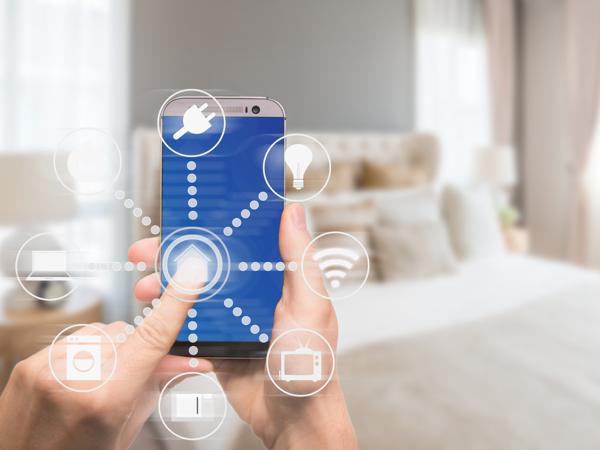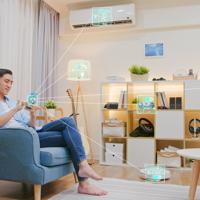Welcome to the world of smart lighting—an exciting realm where technology meets ease and efficiency. Automating your home lighting opens the door to convenience, energy savings, and creativity. Let's embark on this journey together, exploring how you can bring automation into your living space.
The Basics of Smart Lighting
Before diving into home automation, let's get acquainted with the components of smart lighting. At the core, you'll find smart bulbs, smart switches, hubs, and voice assistants. Each plays a role in creating an ecosystem that works seamlessly to brighten your day at the touch of a button or a simple voice command.
Smart Bulbs
Smart bulbs, the simplest entry point into lighting automation, connect to your Wi-Fi and can be controlled through a dedicated app or voice commands. They offer features like dimming, color-changing capabilities, and scheduling.
Smart Switches
For those who prefer to keep their existing bulbs, smart switches are a great option. They enable you to control any light fixture without replacing the bulb, offering flexibility in how you automate your lighting setup.
Hubs and Voice Assistants
While many smart bulbs and switches can work independently via an app, a hub (like Samsung SmartThings or Apple HomeKit) can enhance compatibility among different devices. For a comparison of the best smart home hubs available, check out our guide. Pairing this setup with voice assistants, such as Amazon Alexa or Google Assistant, makes controlling your lights even simpler.
Getting Started with Automation
Choosing Your Ecosystem
Before making purchases, consider which smart home platform you'll use. If you're already using Amazon Alexa, Google Assistant, or Apple's HomeKit for other devices, integrating your lighting within that platform could streamline your control options.
Setting Up Your Devices
Install Smart Bulbs or Switches: Replace traditional bulbs with smart bulbs or swap out your existing switches for smart versions.
Connect to Wi-Fi: Use the manufacturer’s app to connect each bulb or switch to your Wi-Fi network. This step might differ slightly between brands, but apps generally guide you through the process.
Integrate with a Hub: If you’re using a hub, follow their specific instructions to link your bulbs and switches to your home network.
Automating Your Lighting
Once your devices are connected, it's time to explore home automation to suit your lifestyle.
Scheduling
One of the simplest forms of automation is scheduling. Use your app to set times for lights to turn on or off, perfectly syncing them with your daily routine. For example, schedule your bedside lamp to gradually brighten in the morning, simulating a sunrise to gently wake you.
Motion Sensors
Adding motion sensors can enhance automation by ensuring lights only turn on when someone is present. This could be ideal for hallways or bathrooms, where lights could switch off automatically after a period of inactivity, cutting down on energy usage.
Scenes and Triggers
Set scenes for different activities: a "Movie Night" scene could dim the living room lights, while a "Dinner Party" scene illuminates the dining area more brightly. Scenes can be activated manually or linked to triggers, like sunset, extending the ecosystem's capability.
Voice Control
For hands-free operation, configure voice commands via your assistant of choice (e.g., "Alexa, turn off bedroom lights"). This is especially useful when your hands are full, or you’re settling down for the evening. For more ideas, see our guide on best voice commands for smart homes.
Practical Considerations
Energy Consumption
While smart bulbs are generally energy-efficient LEDs, keeping them in standby mode draws slight power. Regularly check usage and adjust settings to stay energy conscious. Learn more about energy savings with smart lighting.
Compatibility and Updates
Ensure that all streaming devices in your ecosystem are compatible. Check for firmware updates as manufacturers regularly release them to improve device performance and security.
Security
Secure your smart home network by using strong passwords and keeping your smart hub behind a firewall or a secured network.
In Summary
Automating your home lighting can significantly improve daily living. Start small and expand gradually, learning as you go. From scheduling lights for convenience to setting the mood with a simple voice command, smart lighting automation offers a pathway to comfort and innovation in your home.
Remember, there might be a few missteps along the way, but with some patience and curiosity, you’ll transform your living space into a smart, responsive environment. Enjoy the journey!



